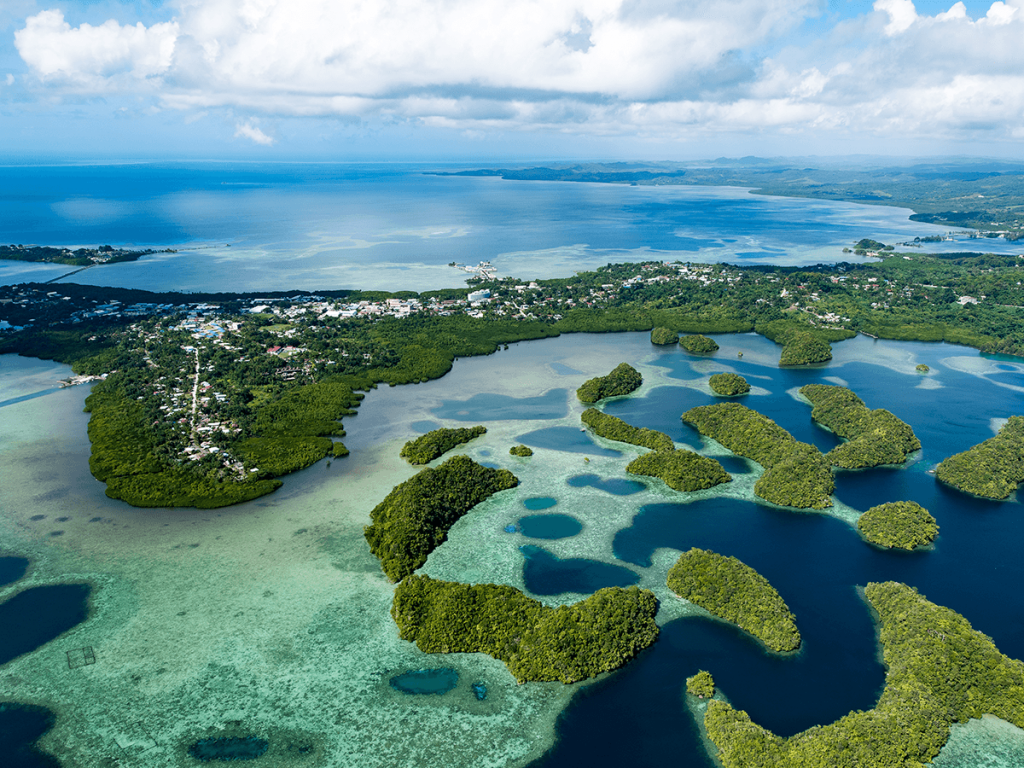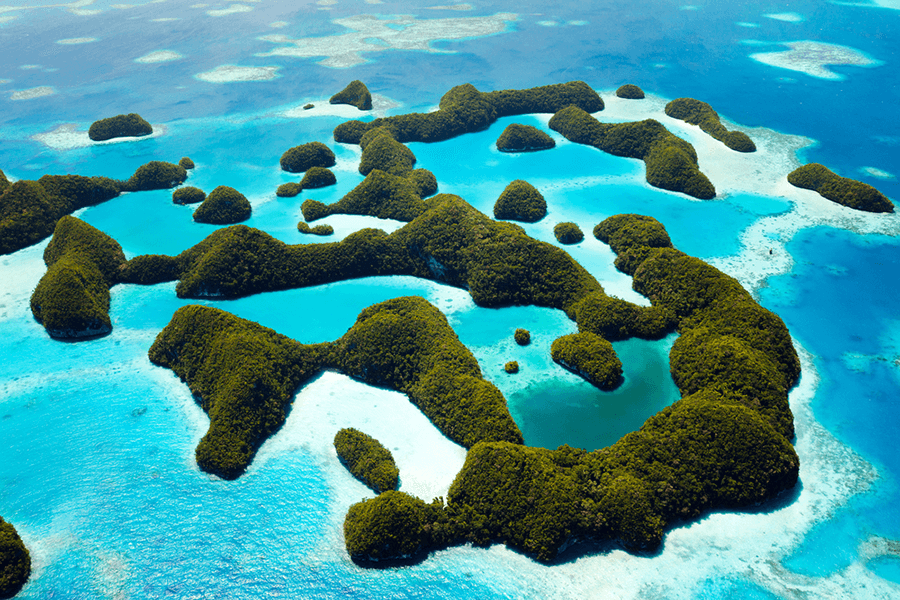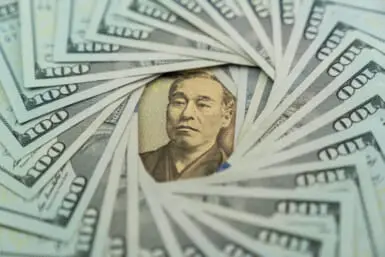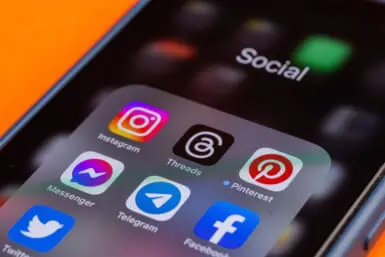When asked about their favorite Pacific island nation where the United States and Japan are engaged in a friendly cultural war, most would probably first say “Hawaii,” and then pause for a long time before admitting they can’t think of any more examples. That’s perfectly understandable, but it is also very unfortunate because it means that too many people still haven’t discovered the wonders of Palau.
Located in the western Pacific Ocean and sharing nautical borders with Indonesia, Micronesia, and the Philippines, Palau is a relatively small nation spread across 340 islands, totaling just a little bit under 180 square miles. That’s like fitting an entire country in an area only slightly bigger than New Orleans… and ending up with a more impressive melting pot of cultures than Louisiana’s largest city.
After making its first contact with Europeans in the 16th century, Palau was annexed by the Spanish East Indies before being sold to Germany in 1899 and remaining a part of the German New Guinea until the islands were conquered by Japan during World War I. The pivotal point in the development of Palau’s melting pot cultural identity came after World War II, when the islands became a presidential republic in “free association” with the United States. This means that although Palau isn’t a US territory, it does receive some funding from the country, uses English as one of its official languages, and has adopted the US dollar as its currency. And yet, in many other areas, Japan’s influence on Palau is felt just as strongly.
To say that Japan has helped build Palau isn’t just a figure of speech. After stepping out of the airport and getting your bearings once the humid heat hits you like a damp sack of rocks, one thing you might notice is the plaque on the side of the terminal building. It informs you that the airport expansion (which today helps facilitate inbound flights from all over the world) was made possible thanks to cooperation between Palau and Japan. There are many such plaques all over the major Palauan islands. For example, the solar grid powering Surangel and Sons, Palau’s second largest shopping center, as well as the concrete bridge connecting Koror and Babeldaob Islands, were also the results of Japan extending international aid to this Pacific nation.
The Koror–Babeldaob Bridge in particular has made Japan a lot of friends on Palau, since it replaced an earlier structure which collapsed in 1996, killing two people and cutting off the islands’ inhabitants from electricity and fresh water. It’s no surprise, then, that the new crossing has since been renamed the “Japan-Palau Friendship Bridge.”
But Japanese infrastructural contributions to Palau go back even further, all the way back to the mid-1800s when Japan first started trading with the Pacific nation after some of its sailors were shipwrecked there. The eventual establishment of Japanese settlements on Palau in the late 19th century marked the beginning of a mostly permanent Japanese presence in the country, which shows up in surprising places.
For one, a lot of cars found on Palau are Japanese-made right-hand drive vehicles (even though the country drives on the right). The food situation is similarly a unique mix of American and Japanese cultures. Bento-style boxes, rice balls, and even natto, the Japanese staple food made from fermented soybeans, are easily available and consumed by many Palauans. At the same time, one of the most popular rice ball varieties on the islands are made with spam; and, of course, it’s not like you will have trouble finding steaks or hamburgers anywhere on Palau.
As one would expect from a nation that’s taken so many cues from America and Japan, one of the most popular Palauan sports is baseball, first introduced to the islands by Japan nearly 100 years ago. Apparently, that was more than enough time for Palauans to master the game, as they have emerged victorious during many international matches against Micronesian and Pacific teams.
As for the Japanese language, it’s not used as widely as it was before World War II when, alongside English, it was the most common tongue for conducting business on Palau. But it still pops up in many places. For example, Japanese is an official language in the State of Angaur, and an elective course in some Palauan schools. And because tourism is one of Palau’s main industries, a large number of the population knows basic Japanese phrases to communicate with visitors from Japan whose English might not always be up to the challenge.
This isn’t to say that Palau doesn’t have a native culture of its own, because it most certainly does. But with Japan remaining “the number one source of tourism to Palau,” according to the country’s president Tommy Remengesau – himself a fourth generation Japanese-Palauan – it’s safe to say that Japan’s cultural foothold on this Pacific island paradise will continue for years to come.










